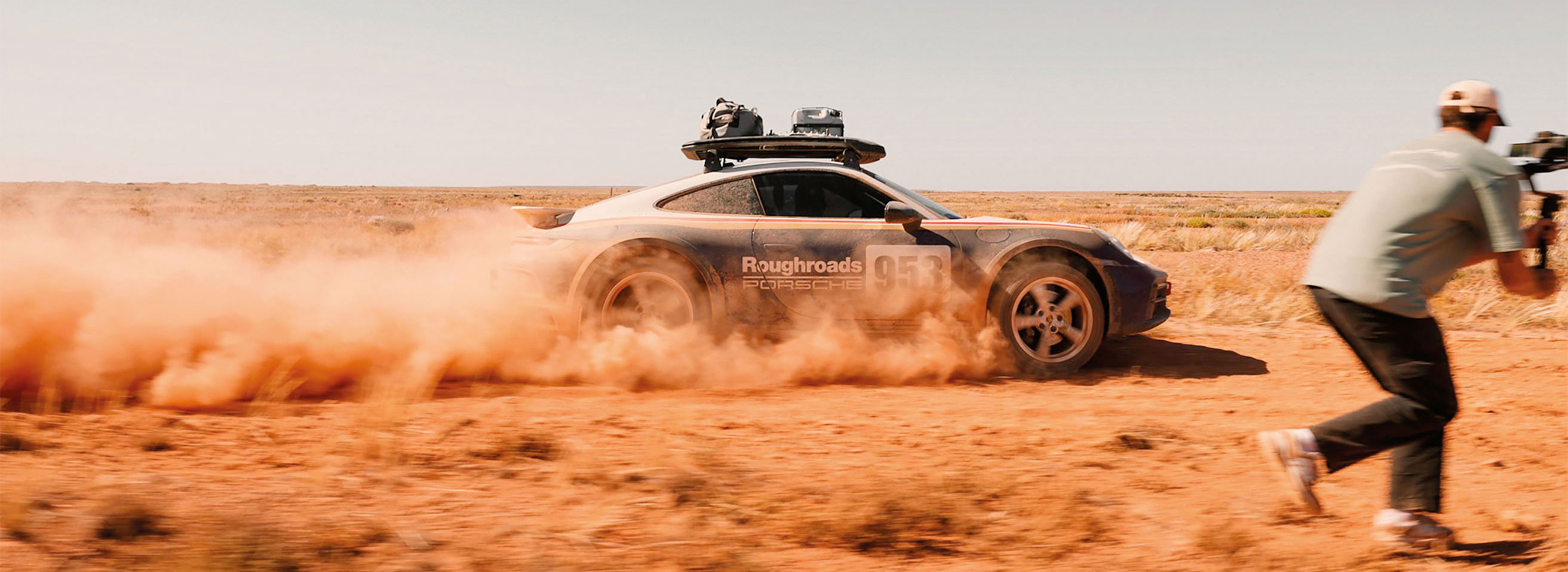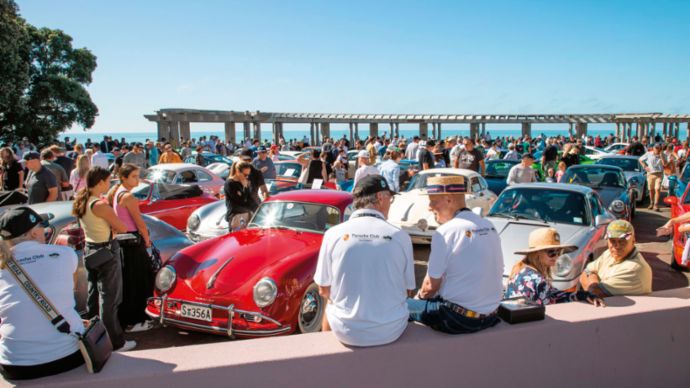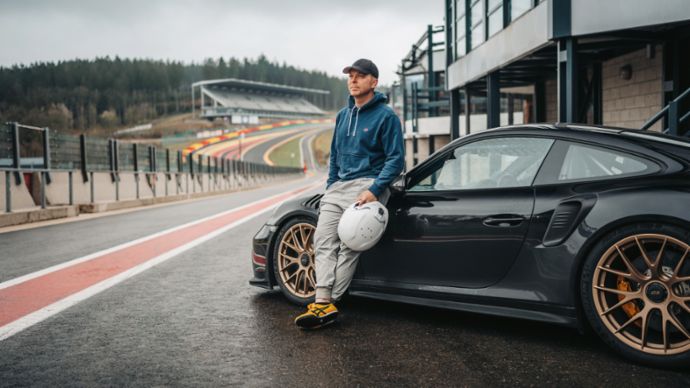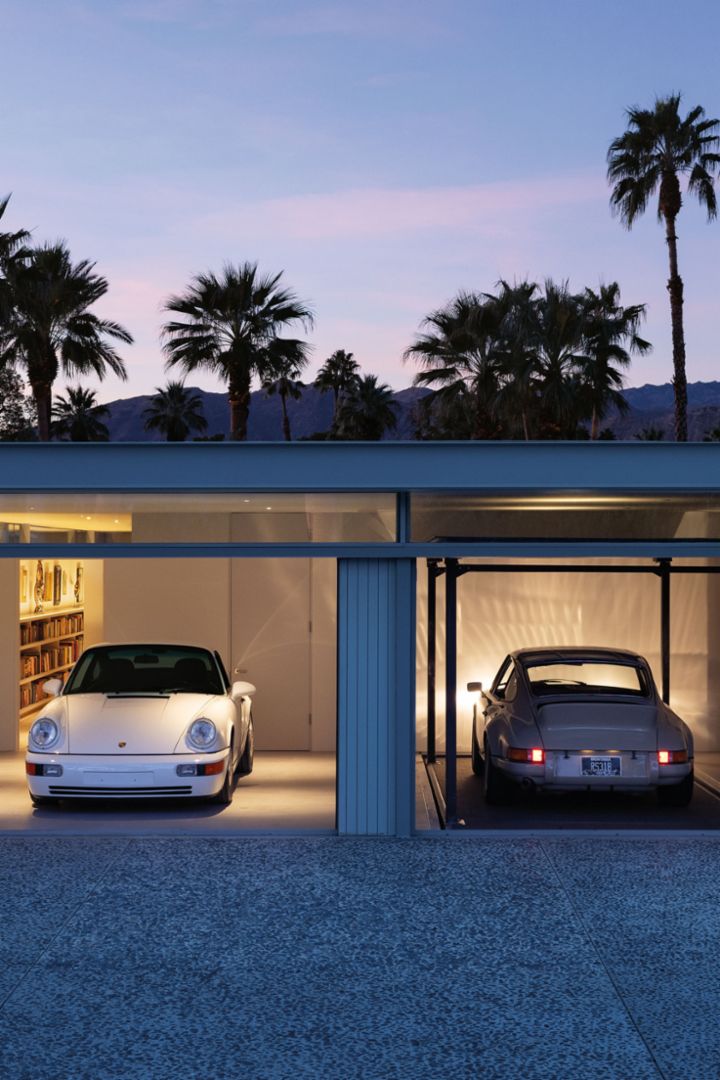Recording time
Leading videographer and photographer Elliot Grafton takes us behind the lens and into the adventure-filled world of Grafton Create, the renowned production house famed for its breathtaking images and cinematic videos.
What is your creative ethos?
Capture what we feel, not what we see.
What makes powerful content?
Capturing the rawness of nature or a subject. When their most natural flow state converges with my most natural flow state, something magical happens. I’m always pursuing something cinematic and soulful; usually minimal, distraction-free footage which we refer to as “clean”. We tread our own creative path, which is equal parts strategy and our aesthetic sensibility. If you care about what you do and take your time to do it well, your own style finds you.
You’re known for going to extremes to capture extraordinary photos and video footage. What has been your wildest adventure?

The six weeks I spent filming across Africa for our production of The Africas. The remarkable footage we caught attracted the attention of the BBC and National Geographic. Georgie, my business partner and behind-the-scenes camera operator, and I travelled through five countries, filming from sunrise to sunset. We slept in unconventional places, including atop our ute in open terrain where desert elephants and lions roamed. Perhaps the most intense part of our journey was visiting Ethiopia’s Tigray region, fresh from civil war. Our goal was to film Abuna Yemata Guh, a sixth-century monolithic church situated at 2,580 metres. That trip had some risks. We planned to film in South Sudan. The day before departing, I had an uneasy feeling. We decided it wasn’t worth risking our safety.
Have you had any other moments of “maybe this is a bit too risky”?
One occurred at the Great Australian Bight, where I’ve filmed many times. I was chasing footage of a wave system with a local photographer. The water had an eerie feeling. It looked dark and oily. We both had a suspicion about sharks, especially given a recent attack in the area. We decided to leave but our jet ski failed to start. There were some tense moments. After floating in open water, we managed to clear seaweed from the engine and return safely. It was a reminder of how quickly situations can escalate.

Into the blue:
The captivating beauty of Greenland, as captured by Elliot Grafton.Why do you choose to take such risks?
It’s all about getting the most unique and cinematic shots. If our films about nature, and the connection we have to it, can make people stop and feel for a moment, that is gratifying.
Why did you pursue film-making?
It began in 2016 when I released my first video, Moments 2. The video showcased how beautiful and adventurous my home state of South Australia truly is. It unexpectedly went viral, making the local news and being shared thousands of times on Facebook. Seeing how that video changed people’s perceptions by connecting it to positive emotions was all the encouragement I needed to keep going.
How did you arrive at today in your professional journey?
When Moments 2 came out, I was contacted by a woman named Georgie from The South Australian Tourism Board. I sat awkwardly in their boardroom with my skateboard. I was only a 19-year-old kid, but she really believed in me. She gave me my first paid job. We worked together on and off for six years and in 2021 she left the tourism board and we established Grafton Create.

The ideal partner:
“The Porsche Cayenne has three standouts: versatility, reliability and practicality.”What technology do you use to capture your amazing images?
I film on Sony. They are lightweight and robust. For the last year I’ve been using the FX6 for its cinema-worthy image quality. I only ever use natural light and it’s exceptional in low light. For underwater filming, I use the Sony A7S3 in a housing. I pilot FPV drones which are “first-person view” drones that give viewers a more immersive experience. I also fly regular drones. We just spent three weeks in the Arctic filming icebergs, whales and glacier calving using the DJI Inspire 3. I film in 8K resolution with this drone. A whale might be 20 metres away but it feels like only two metres.
You’ve worked with Mark Webber previously, most notably on productions about the Porsche 911 Dakar, 911 GT3 RS as well as the Taycan. What were the creative highlights of these projects?
One highlight was collaborating with an Art Direction team, which was new for us. And Porsche invested in a thorough location scout, letting us concentrate on capturing the best content. Mark was remarkably accommodating with our working style. These projects – the Porsche 911 Dakar, 911 GT3 RS, and the Taycan content in Tasmania – pushed us in new creative directions. Combining high-performance vehicles, stunning locations and collaborative teamwork gave rise to spectacular content.
How has it been driving and working with the Porsche Cayenne?
The Porsche Cayenne has three standouts: versatility, reliability and practicality. It might be a luxury SUV but it’s the ideal partner for our production work – in all environments.
Consumption data
911 Dakar
911 GT3 RS
-
13.2 l/100 km
-
299 g/km
-
G Class
-
G Class




